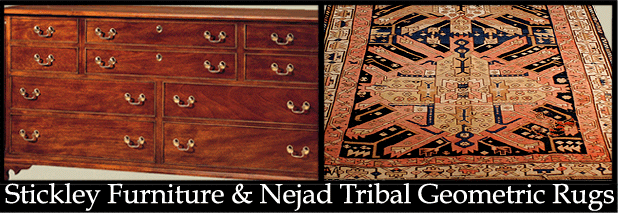
Nejad tribal geometric rugs coordinate perfectly with Stickley furniture
Wood tones, simple lines, relaxed designs, rustic, durable, timeless … Stickley Furniture. Using superior construction techniques and the highest quality materials, the Stickley name has been synonymous with excellence in the furniture industry for over a century.
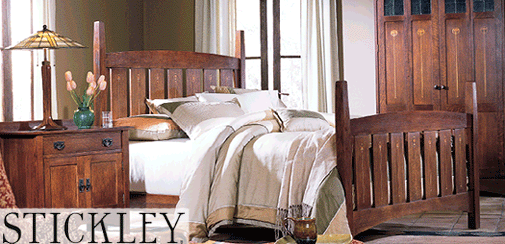
https://www.stickley.com/
Not only did the early 20th-century American furniture created by the Stickley brothers use solid construction methods, traditional joinery techniques, and the highest quality woods, but even more, it showed a genius for design – creating hundreds of new forms that were at once beautiful to look upon, practical to use, exceedingly
strong and long-lasting, and perfect for the new ways American families wanted to live.
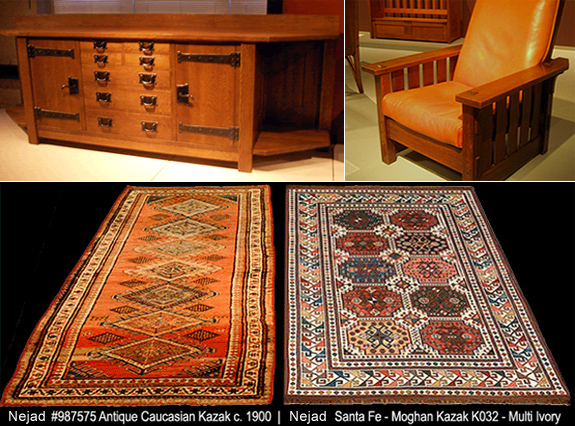
Stickley cabinet and chair and Nejad antique and contemporary Kazak rugs
The popular usage of the term ‘Craftsman’, which denotes a style of architecture, interior design, and decorative arts representative of that very period, originates from the trade name that Gustav Stickley chose for his Craftsman line of Arts & Crafts furniture. The underlying principle of the Craftsman philosophy, and the
Craftsman style home, was “Honesty of Design” – a value promoted by Stickley in his monthly magazine, The Craftsman, in which he offered a new house plan in every issue.

Craftsman style homes built in (left) the eastern US and (right) western US.
While the terms Craftsman and Mission are sometimes used interchangeably the Mission style is more typically southwestern and is a style influenced by the stucco-faced edefices of 18th century Spanish missions as well
as the native Americans in the Southwest.
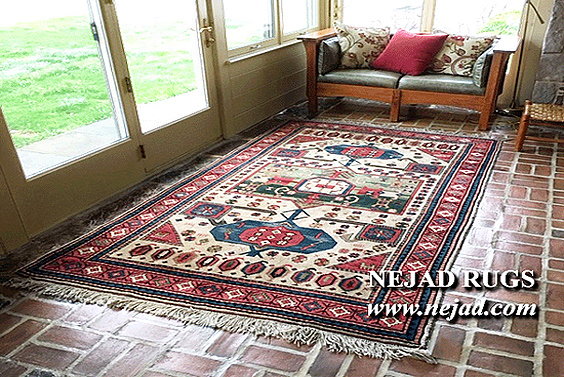
Our rugs go well with any type of tile, hardwood or natural substrate flooring.
The Craftsman house is, arguably, a unique structure – artisan-constructed, architect-designed – using natural materials with design features conforming to the environmental surroundings. The interior spaces of these early 20th century homes typically resonated with simple, beautiful, functional, harmonious, hand-crafted, high quality, and durable amenities: from furniture to built-in woodwork to doors and windows, fireplaces and stonework to fabrics and textiles, wallpaper to rugs and tapestries.
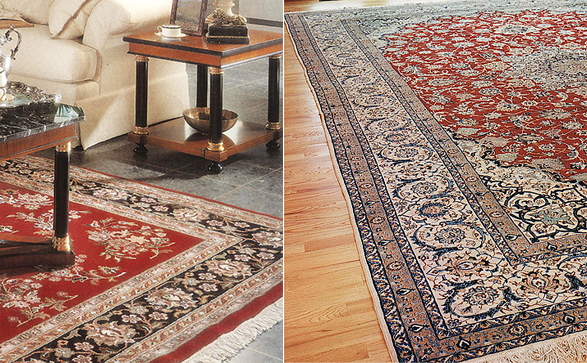
A Nejad classic design hand woven area rug offers the perfect embellishment for your tile and hardwood floors!

www.stickley.com – the official website of Stickley Furniture. Headquartered in Manlius, New York USA, Stickley has been a collector & manufacturer of quality furniture
since 1900.

